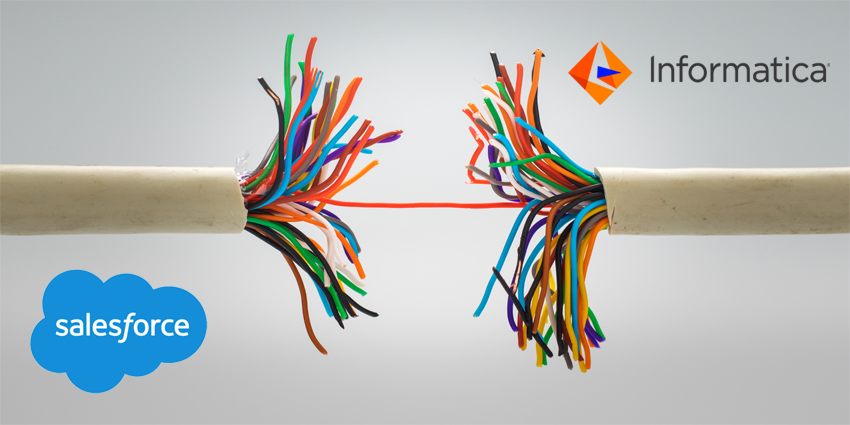With most businesses transitioning from premises-based to cloud-based software for many enterprise applications, contact centre is making the transition as well. Cloud based contact centres can deliver innovations like Artificial Intelligence and next generation automation. Yet, despite these benefits, analysts estimate that only 10 percent of contact centre seats are currently cloud based. Why such a slow adoption rate?
One of the reasons is that contact centres are unaware of how a true cloud solution creates cost efficiency. Before I dive into five ways cloud contact centres are cost effective, let me talk about the issue of multitenancy, because this is important to understand before you move to the cloud.
Multitenancy vs Hosted Offerings
A true multitenant cloud solution shares compute, network, and storage between tenants. It is unlike a hosted offering, which is really a premises solution that is siloed in someone else’s data centre. In a hosted offering, there is no sharing – each tenant has its own set of servers, databases, and often its own IP network. You have total isolation between each tenant. Any problems with one tenant, do not impact others. This may sound better on the surface, but, it misses out on a key benefit of true cloud solutions: cost sharing – which is ultimately much better.
True multitenant solutions share compute, network, and storage resources across tenants, and the costs of providing those services are also shared across all tenants, thus lowering your costs. This is important when differentiating between potential cloud contact centre vendors. Make sure they are true multitenant offerings.
That said, there are five (possibly surprising!) ways that cloud contact centres are more cost effective:
1) Better reliability
When built right, cloud solutions can have far better reliability. Why? Because cloud providers can invest in complex technologies that deliver high availability. Their investment costs are amortised across all tenants, and in a true cloud solution, those costs do not scale linearly with the number of tenants. Those costs are fixed or sublinear, and it means you get better reliability without paying higher costs for it. Most on-prem contact centres cannot afford the massive complexity required for technologies like active-active multiregion HA, hitless upgrades, and so on.
2) Better security
Like reliability, security is an issue of cost. Cloud providers take on this cost with software development and operational processes, and those costs are amortised over all customers. Examples of security investments cloud providers makes include certifications (like PCI or SOC), security training costs, deploying complex security software such as firewalls, intrusion detection systems, denial of service mitigation (to prevent cybersecurity attacks), encryption technologies (including isolated key storage) and security operations centre costs. Most companies do not make these investments with on premises software; cloud providers do.
3) Global voice
Even mid-size enterprises want local access numbers and local voice handling for their customers. Voice is very sensitive to network delays and processing needs to be kept as near to users as possible. Ideally, contact centres have telco access, local numbers and voice points of presence (pops) all over the world. Cloud contact centres can provide this through significant investment (amortised across to all tenants) in global voice pops, local access numbers and low latency audio. For on-premise contact centres, this is often infeasible – they are deployed where their data centres are, and not necessarily where their customers are.
4) Cross tenant AI training
For AI to provide maximum benefit it has to be continually learning from lots of data. This data trains the software. In a single tenant solution, the only data available is from that tenant. The more tenants there are sharing data, however, the more powerful the AI can become and the more useful for each tenant. Obviously, data sharing must be an opt-in choice for contact centres as they balance what data to share; however, I foresee the day will come when the benefits of training AI will outweigh the perceived risks. This can only happen with a multitenant cloud provider.
5) Comparative analytics
Multitenant cloud providers can share aggregated metrics to show you how you compare to your peers, while still preserving privacy. This can help you evaluate your own operational costs compared to others and make decisions that are on par for your industry. This information can be highly valuable and impossible to get with an on premise solution.
These are just some of the benefits of moving a contact centre to the cloud. Additional benefits include far better customer experiences, improved agent experience, better training, 360-degree visibility into the customer journey, and the ability to optimise your workforce to streamline costs. No matter where you are in your contact centre journey, now is the time to move to the cloud and start reaping the benefits for your customers and business.
Guest Blog by Jonathan Rosenberg, Chief Technology Officer and head of AI at Five9
Jonathan Rosenberg is the Chief Technology Officer and head of AI at Five9. Jonathan has dedicated his career to transforming the telecommunications industry and joins Five9 from Cisco where he was CTO for the Collaboration Technology Group (CTG). Jonathan is also well known for his authorship of the SIP protocol, which is the foundation for modern IP-based telecommunications. Prior to Cisco, Rosenberg was the Chief Technology Strategist at Skype, where he guided the company’s technology strategy. He received his bachelor’s and master’s degrees from MIT and holds a PhD in electrical engineering from Columbia University. In 2002 he was named one of the most innovative young technologists in the world by Technology Review magazine. He also was named a “Top Supergeek” by CRN and won a Pulver Von Pioneer award for contributions to the VoIP industry. In 2015 he was presented with the Ohio University Strowger Award for transformational innovation in the Telecommunications industry.







